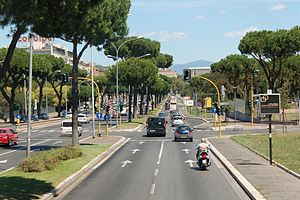
The city of Rome, Italy, is divided into first-level administrative subdivisions.

Castro Pretorio is the 18th rione of Rome, Italy, identified by the initials R. XVIII, and it is located within the Municipio I. The rione takes its name by the ruins of the Castrum Praetorium, the barracks of the Praetorian Guard, included in the Aurelian Walls.

San Saba is the 21st rione of Rome, Italy, identified by the initials R. XXI. It is located within the Municipio I, and takes its name from the Basilica of San Saba, which is located there.
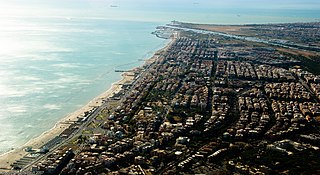
Ostia is a large neighbourhood in the Municipio X of the comune of Rome, Italy, near the ancient port of Rome, which is now a major archaeological site known as Ostia Antica. Ostia is also the only municipio or district of Rome on the Tyrrhenian Sea, and many Romans spend the summer holidays there. Therefore it's entirely situated within the Municipality of Rome and is the city's seaside resort.

Settecamini is the 6th zona of Rome, identified by the initials Z. VI.. Settecamini is also the name of the urban zone 5L, within the Municipio V of Rome.

Ponte Galeria is the 41st zona of Rome, Italy, identified by the initials Z. XLI. Geographically it was part of Agro Romano. The zone belongs to the Municipio XI.

Piramide is a station on Line B of the Rome Metro. It was opened on 10 February 1955 and is sited on Piazzale Ostiense just outside Porta San Paolo, in the Ostiense quarter. Its atrium houses mosaics that have won the Artemetro Roma by Enrico Castellani (Italy) and Beverly Pepper. The station has escalators.

Roma Ostiense is a railway station in Piazza dei Partigiani serving the Ostiense district of Rome, Italy, a short distance from the Porta San Paolo. It is run by the Rete Ferroviaria Italiana arm of the Ferrovie dello Stato Italiane group and the commuter rail lines FL1, FL3, and FL5 run through the station. It is linked with the Piramide Metro B station and the Roma Porta San Paolo station on the Rome-Lido railway line.

Roma Porta San Paolo is the terminal train station of the Rome–Lido railway line in Rome (Italy). The station is connected to the station Piramide of the metro and to the Roma Ostiense railway station of the Ferrovie dello Stato Italiane. It has six tracks.

Ostiense is the 10th quartiere of Rome, identified by the initials Q. X.
Colle Salario is a frazione of the Municipality of Rome (Italy), located in the zone Z. II Castel Giubileo, within the territory of the urban zone 4E Serpentara of the Municipio Roma III.

ATAC S.p.A. is an Italian publicly owned company running most of the local public transportation services, paid parking and incentive parking lots in Rome. More specifically, the company handles, on behalf of Roma Capitale Authority, the entire tramway, trolleybus network and metro lines, as well as most of the bus lines in the city. It also operates, on behalf of the Administrative Region of Lazio, three railways: Roma-Civita Castellana-Viterbo, Roma-Giardinetti and Roma-Lido. ATAC S.p.A., with its 2,200-kilometer-wide public transport network, its over 8,500 busses and 70,000 parking stalls, is currently one of the biggest public transportation companies in Europe and the largest in Italy.

Val Melaina is the 1st zona of Rome, identified by the initials Z. I, lying north of the city centre and covering an area of 6.2447 km².
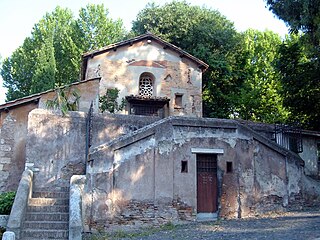
Portuense is the 11th quartiere of Rome (Italy), identified by the initials Q.XI.

Giuliano-Dalmata is the 31st quartiere of Rome, identified by the initials Q. XXXI. Its name refers to the Julian, Istrian and Dalmatian refugees that settled there in the postwar period.
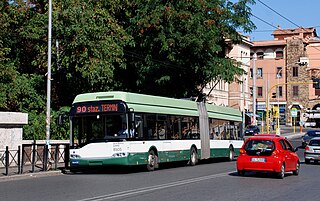
Municipio Roma III is the third administrative subdivision of Rome (Italy).
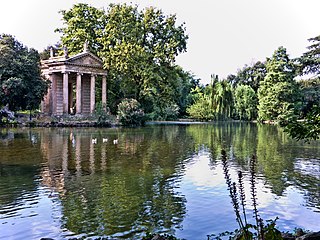
Pinciano is the 3rd quartiere of Rome (Italy), identified by the initials Q. III. The name derives from the Pincian Hill. It belongs to the Municipio II.

Salario is the 4th quarter of Rome (Italy), identified with the initials Q. IV.

Castel Giubileo is the second Zone of Rome in the Ager Romanus, identified as Z. II.

Ardeatino is the 20th quartiere of Rome, identified by the initials "Q. XX". It belongs to the Municipio I and VIII.
